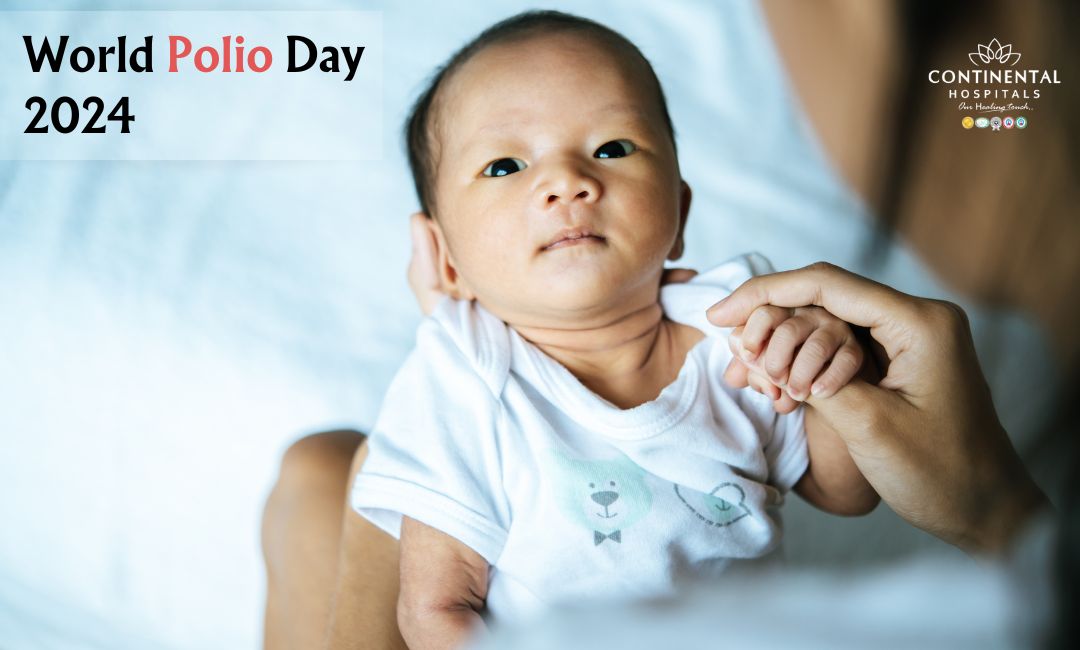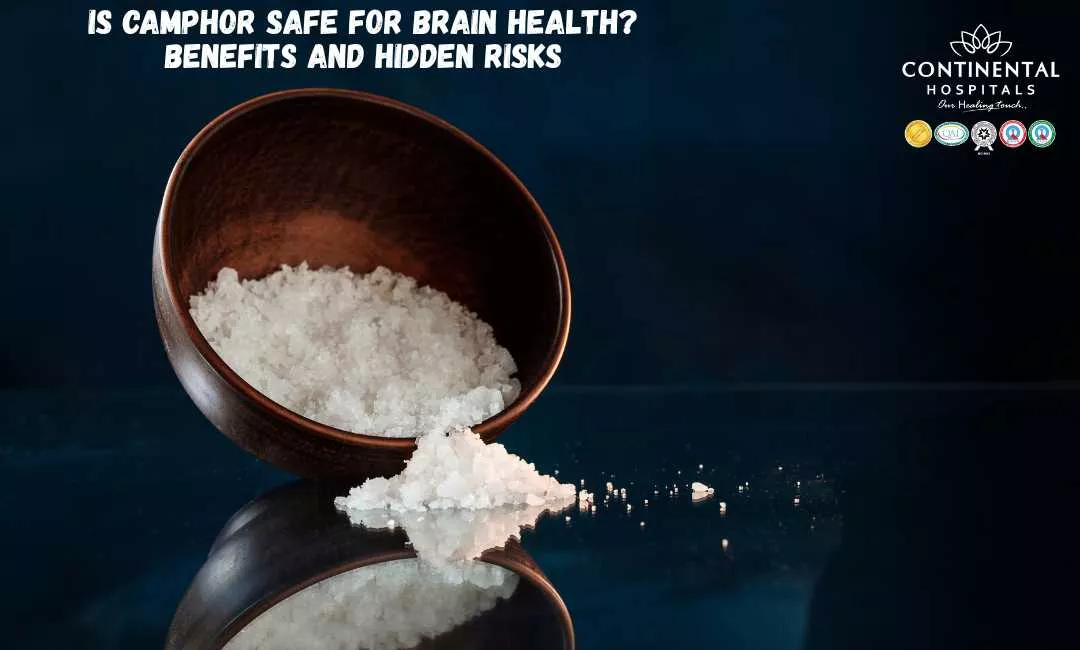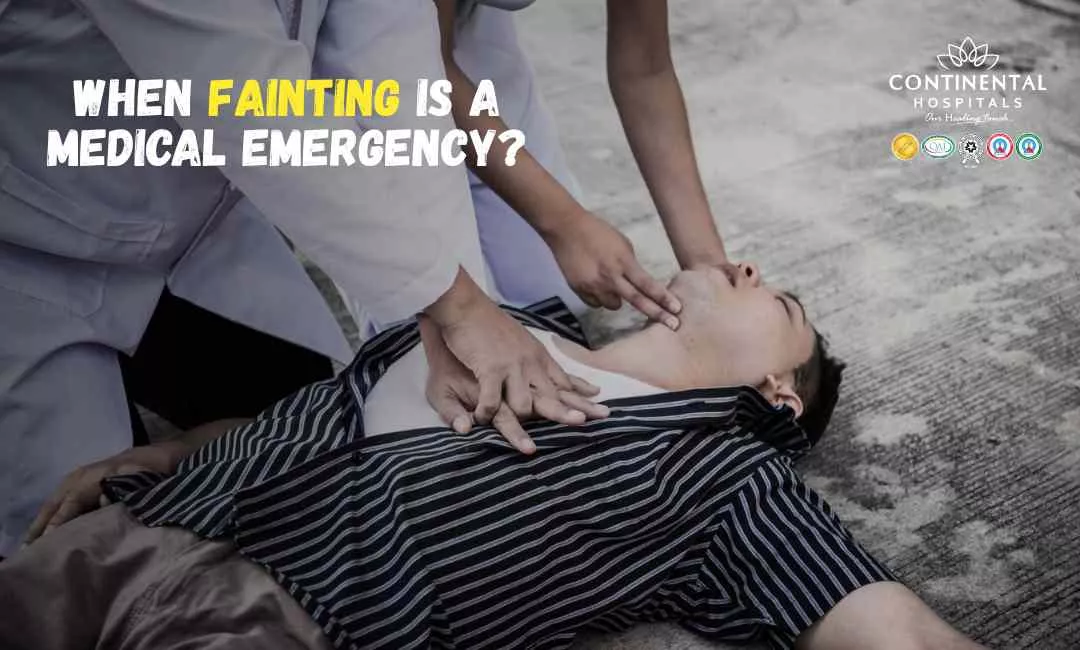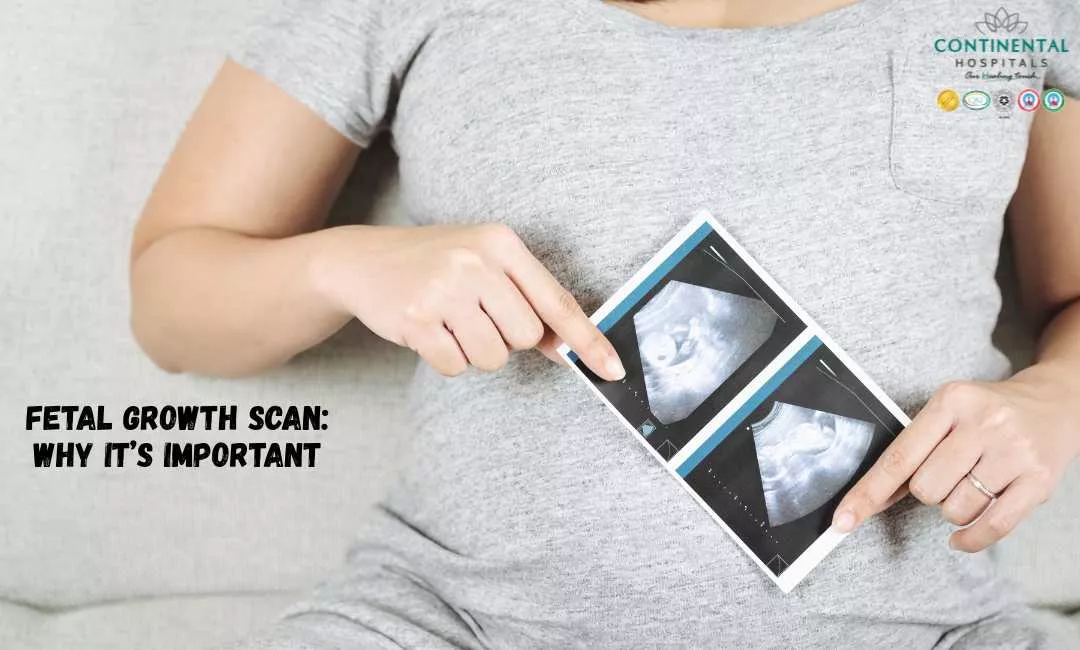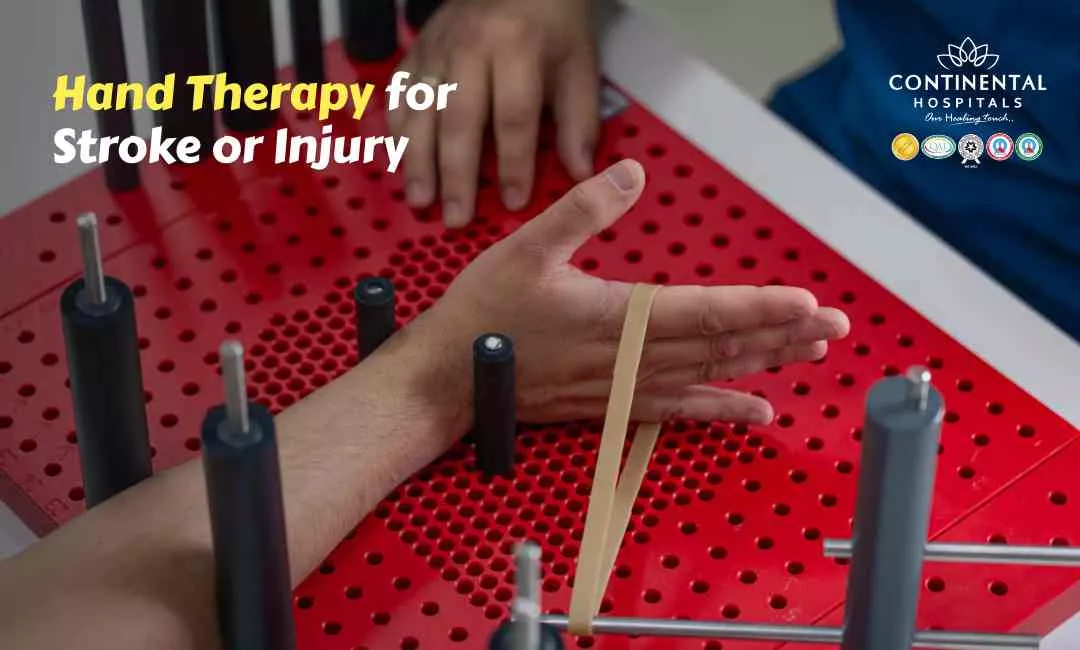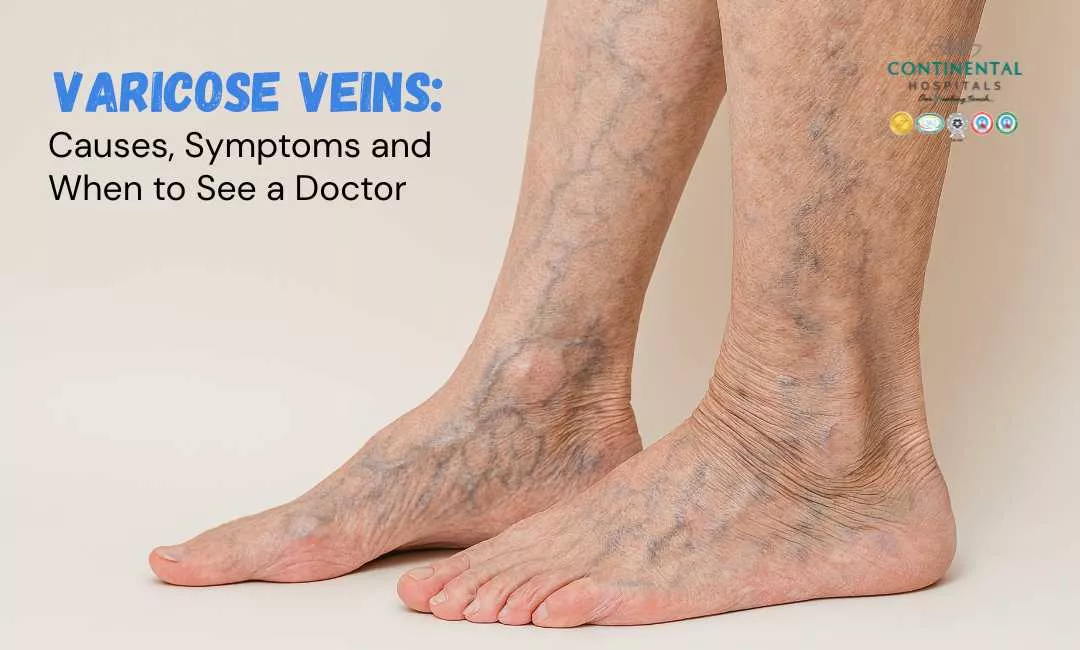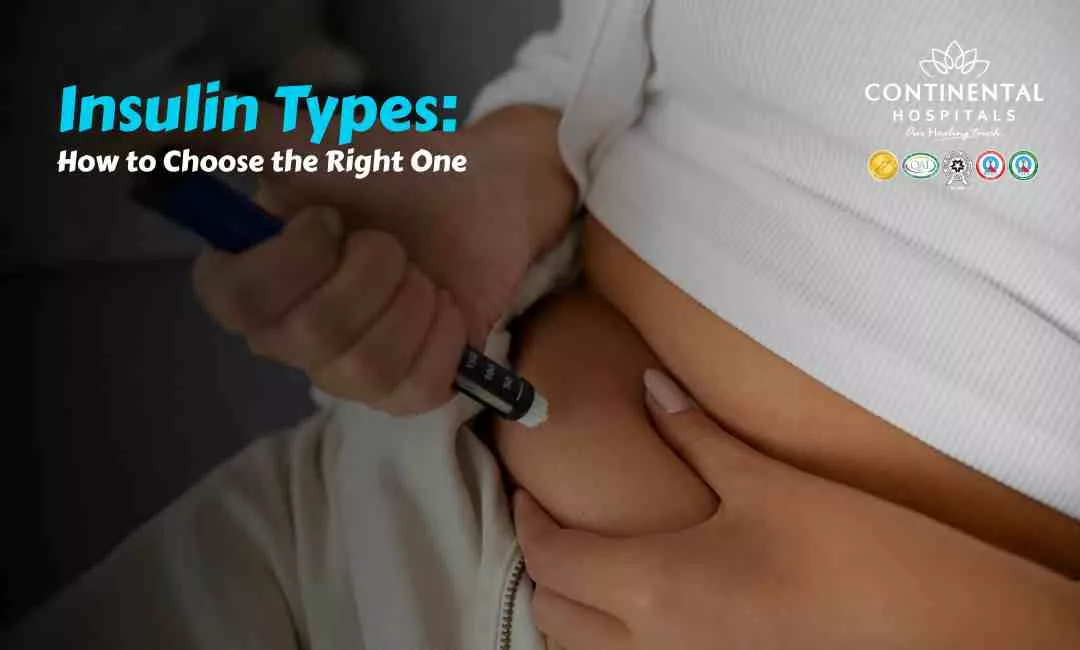Every year on October 24th, the world celebrates World Polio Day, an important day of awareness and action in the fight against polio. As we mark World Polio Day 2024, it’s a time to reflect on the incredible progress we’ve made and remind ourselves of the urgent need to finish the job. The goal is to eradicate polio from the face of the earth, and we're closer than ever before. However, this global effort requires continuous dedication, community support, and education to reach every last child and protect them from this preventable disease.
The Importance of World Polio Day
World Polio Day is not just a date on the calendar—it’s a global call to action. Established by Rotary International, the day aims to raise awareness about polio, a crippling and potentially deadly disease. Polio, also known as poliomyelitis, primarily affects children under the age of five and can lead to permanent paralysis or even death in severe cases. Since there is no cure for polio, prevention through vaccination is the only way to stop its spread.
Celebrating World Polio Day helps to:
Raise Awareness: Many people in today’s world, especially in countries where polio has been eradicated, may not realize that polio still exists. Events on this day help educate the public on why it's important to continue the fight against polio.
Highlight the Progress Made: Polio cases have dropped by over 99% since 1988, when the Global Polio Eradication Initiative (GPEI) was launched. This initiative has prevented millions of children from becoming paralyzed, but the final steps are the hardest to take.
🥗 Healthy Plate Challenge
🍽 Add Your Favorite Dish
Pick Your 6 favorite foods, eat, and see the results.Drag & drop foods onto your plate.
Drop Food Here
Renew Commitment: World Polio Day renews our commitment to eradicating the virus. We are on the brink of eliminating this disease for good, but without continued efforts, polio could make a dangerous comeback.
Mobilize Support: By engaging global citizens, health professionals, governments, and organizations, World Polio Day inspires financial and political support for vaccination programs, research, and public health initiatives.
The Global Polio Situation: How Far Have We Come?
The fight against polio has been one of the greatest public health achievements of the last few decades. In 1988, there were an estimated 350,000 polio cases annually across 125 countries. Today, thanks to widespread vaccination efforts, polio remains endemic in just two countries—Afghanistan and Pakistan—with fewer than 200 reported cases annually as of 2023. This dramatic reduction is a testament to the power of coordinated global health efforts, but it also serves as a reminder that the disease is still not fully eradicated.
The World Health Organization (WHO) continues to lead efforts alongside governments, the GPEI, Rotary International, and other partners to keep the momentum going. According to WHO data:
- Since the launch of GPEI, 2.5 billion children have been immunized.
- Over 18 million people have been saved from paralysis.
- The number of global polio cases has dropped by 99.9% since 1988.
While the progress is remarkable, the remaining 0.1% of cases need to be addressed with determination, especially in conflict zones where access to healthcare is limited, and in remote areas where children may not have received the necessary vaccines.
Preventive Measures for Polio: Protecting Every Child
Polio is a highly contagious virus that spreads primarily through contaminated water and food or direct contact with an infected person. It attacks the nervous system and can cause irreversible paralysis in a matter of hours. The virus mainly targets young children, who are more vulnerable to severe complications. Therefore, vaccination is the most effective preventive measure.
Here’s how polio prevention can be achieved:
Vaccination: The polio vaccine is safe and effective, and there are two types:
- Oral Polio Vaccine (OPV): This is a live, attenuated vaccine that is easy to administer and highly effective. It can even prevent the spread of the virus in communities by promoting immunity in the gut.
- Inactivated Polio Vaccine (IPV): This is given as an injection and is used in many parts of the world. It provides strong protection, but OPV remains a key tool in areas with active polio transmission.
Vaccination campaigns, particularly in high-risk areas, need to reach every child. It's important for parents to ensure their children complete the full vaccination schedule to receive lifelong protection.
Hygiene and Sanitation: Since polio is transmitted through fecal matter, maintaining high standards of hygiene and sanitation can help reduce its spread. Proper handwashing, clean drinking water, and safe disposal of human waste are essential in areas where polio still exists.
Surveillance: Disease surveillance plays a crucial role in detecting and responding to polio outbreaks. Health workers track down new cases, assess risks, and respond swiftly to prevent further transmission. In addition to looking for cases of paralysis, environmental surveillance of sewage helps detect polio in communities even when there are no cases.
Rapid Response to Outbreaks: When new polio cases are detected, rapid response teams are deployed to contain the outbreak. This often involves mass vaccination campaigns, health education, and increased sanitation measures. Quick action is crucial to preventing the virus from spreading further.
A Chance for Reflection and a Reminder to Reach Every Last Child
As we observe World Polio Day 2024, we have an opportunity to reflect on the progress made and the challenges that remain. We’re closer than ever to eliminating polio for good, but the work isn’t over until the virus is eradicated everywhere. For the few places where polio still exists, we must remain vigilant and committed to the fight.
One of the key messages of World Polio Day is the importance of leaving no child behind. Even one unvaccinated child represents a potential risk for outbreaks, as polio can spread rapidly in communities with low immunity. In areas of conflict, displacement, or extreme poverty, reaching every child with vaccines is difficult but essential.
The Global Polio Eradication Initiative continues to focus on reaching children in the most remote and underserved regions, using a combination of traditional methods and new technologies to ensure no one is left unprotected. Healthcare workers, often at great personal risk, traverse challenging terrains and dangerous environments to deliver vaccines.
World Polio Day serves as a reminder that we must remain committed to this fight until every last child is vaccinated, and polio is no longer a threat to anyone, anywhere in the world.
Conclusion: The Final Push
Polio is a preventable disease, and we have the tools to end it forever. The world has made incredible strides, but to finally wipe polio off the face of the earth, it will require a continued global effort. Vaccination campaigns must reach the most vulnerable, sanitation measures must be improved, and we must continue to raise awareness.
If you have concerns about polio vaccination or specific questions about your vaccination schedule, please consult with our best General Physician.
.webp)

